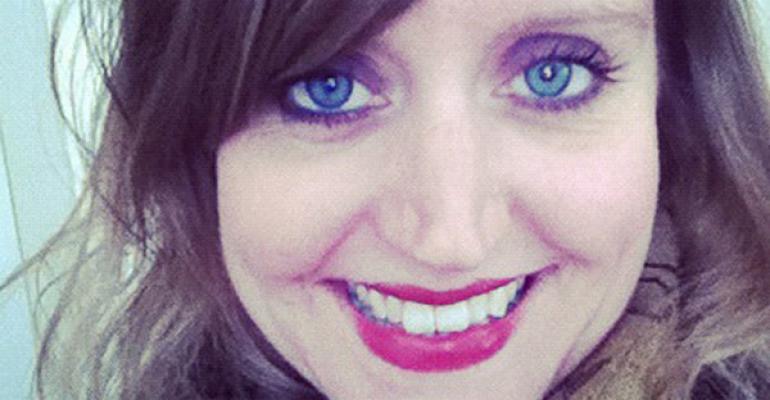 The 2014 Corporate Learning Factbook, published in February of this year from Bersin by Deloitte, revealed that U.S. spending on corporate training grew by 15 percent last year, to more than $70 billion in the U.S., and more than $130 billion worldwide. And it’s no secret why. Successful organizations understand that investing in their people is an important part of the strategy for building a competitive and profitable business now and for the future.
The 2014 Corporate Learning Factbook, published in February of this year from Bersin by Deloitte, revealed that U.S. spending on corporate training grew by 15 percent last year, to more than $70 billion in the U.S., and more than $130 billion worldwide. And it’s no secret why. Successful organizations understand that investing in their people is an important part of the strategy for building a competitive and profitable business now and for the future.
As a provider of corporate wine-blending seminars, I have seen companies of all sizes and in industries ranging from software to retail go beyond the standard company picnic to offer a unique way to combine leadership development and team-building. Here are a few key elements to consider when using a new and somewhat unorthodox method to bring employees together:
Set the tone: Team formation happens more quickly when everyone is on the same level of understanding of the subject matter and feels relaxed and comfortable. This type of environment allows for more collaboration and prevents the person with the most background or knowledge of the subject from automatically taking over the leadership role. During my wine-blending seminars, I start by introducing myself, and then warm up the group with a joke or two. After that, I break down what the group can expect over the next two hours. This eases any tension people might have about what they’ll be asked to do, or what they need to know to participate.
Break the ice: Once introductions are made, I like to start with an icebreaker activity that usually surprises people. This activity requires a partner and involves sharpening each individual’s blind-tasting abilities. It’s a great way to get people talking to each other and start to get the creative ideas flowing.
Create an equal playing field: After the icebreaker activity, I move into a mini wine tasting class. Wine can be an intimidating topic to people who are less familiar with how wine is made, how to taste wine, and the differences and similarities of each varietal. Each blending seminar offers tasting of four varietals that are most often used in a Bordeaux wine. I take a little time to ensure everyone has the knowledge base needed to do the blending and breakdown what it takes to create a red wine blend. It’s a brief and interactive discussion that helps remove a lot of the intimidation. I often have people ask me questions that they say they have been too uncomfortable to ask in other settings. Wine blending is a successful activity because it’s a neutral topic that isn’t work-related.
Design a compelling challenge: After the mini wine class, I break the group into smaller teams which are on equal footing for the challenge of coming up with a winning wine blend, as well as a creative name, label, and story for their new wine. This challenge has the element of using the blending principles taught earlier in the activity and leaves room for creativity and free flowing ideas and opinions. No one needs to be an expert, but teams will need to work together to achieve the common goal of coming up with the winning wine. The smaller teams get back together to present to one another, showcasing the innovation, creativity, and teamwork that have taken place during the exercise.
Let the magic happen: This type of activity really strengthens communication and works with any kind of group. I have been surprised by the creativity and interaction that occurs between participants who seem reluctant at first. One planner told me that the blending seminar was, “the best event their team could have attended,” given recent dynamics. The office environment had been rather tense and finding a neutral activity to bring everyone together really livened up the team, got them laughing together, and got their creative juices flowing again.
Participants take away not only new knowledge about wine, but also a better understanding and appreciation for one another. One of my best seminars was with a team of engineers. They were excited to create their wine blends, using formulas and percentages to perfect their recipe. But they had no experience with the marketing side, and were challenged when it came to the labeling and storytelling portion of the activity. They were used to building products and then handing them off to marketing to do the rest. The wine blending experience gave them a hands-on experience bringing a product to market from creation, branding, marketing, and sales, through the final presentation.
Managers, or planners who are looking for a fun way to create more cohesive teams, should definitely consider adding wine to their next event or team gathering. We’ve heard that a little wine can do wonders for our health. It turns out that wine can also provide a long list of benefits for a healthier workplace.
Charlotte Chipperfield has more than 10 years of experience in the wine and hospitality industries. In 2012, she created The Wine Key, a wine event and marketing company. The Wine Key produces wine events for companies and individuals looking for a fun, innovative way to incorporate wine into their next function. Her company also provides marketing services to wine companies to help expand their online presence and drive engagement.



